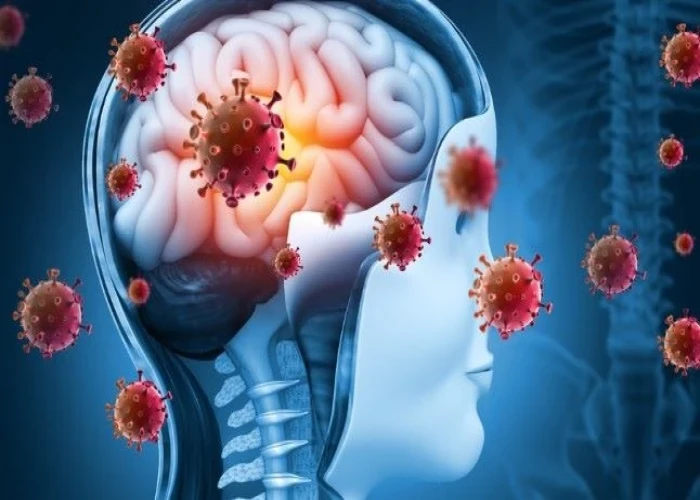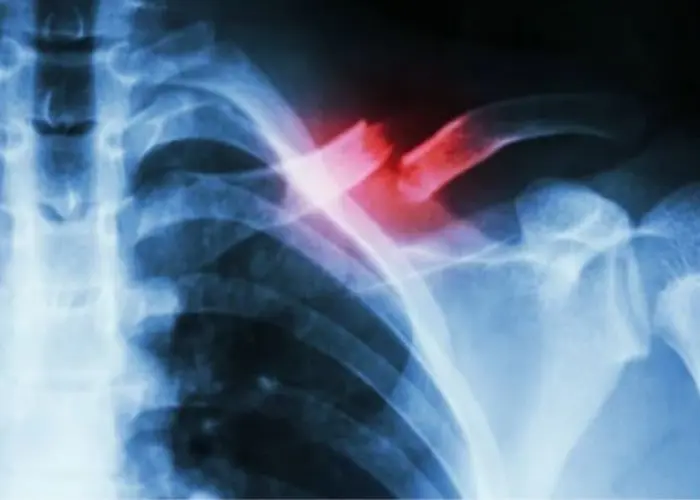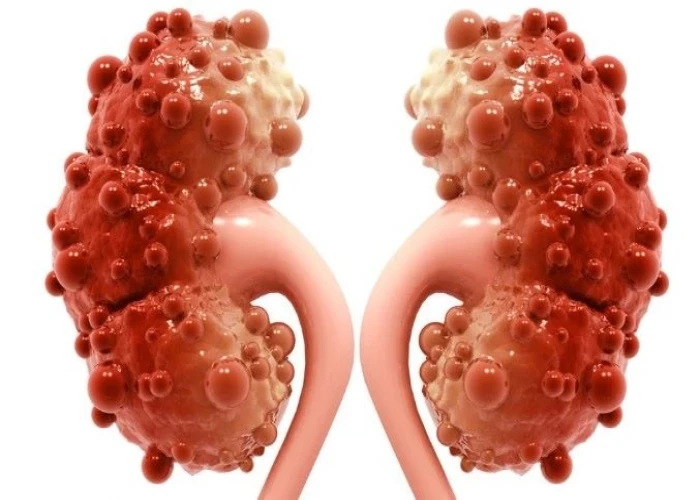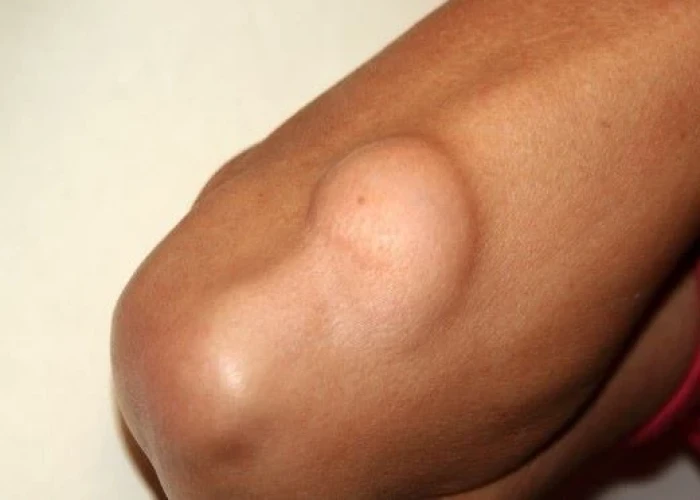 Welcome
Welcome
“May all be happy, may all be healed, may all be at peace and may no one ever suffer."
Charcot-Marie-Tooth disease

Charcot-Marie-Tooth disease (CMT) is a hereditary neurological disorder that affects the peripheral nerves, causing muscle weakness and atrophy in the feet, lower legs, hands, and forearms. It is named after the three physicians who first described it in 1886: Jean-Martin Charcot, Pierre Marie, and Howard Henry Tooth. There is currently no cure for CMT, but treatment can help manage the symptoms and improve quality of life.
Research Papers
Disease Signs and Symptoms
- Weakness
- Weakness and numbness in legs
- Curled toes
- Decreased ability to exercise
- Decreased sensation or a loss of feeling in your legs and feet
Disease Causes
Charcot-Marie-Tooth disease
Charcot-Marie-Tooth disease is an inherited, genetic condition. It occurs when there are mutations in the genes that affect the nerves in your feet, legs, hands and arms.
Sometimes, these mutations damage the nerves. Other mutations damage the protective coating that surrounds the nerve (myelin sheath). Both cause weaker messages to travel between your limbs and brain.
Disease Prevents
Disease Treatments
There's no cure for Charcot-Marie-Tooth disease. But the disease generally progresses slowly, and it doesn't affect expected life span.
There are some treatments to help you manage Charcot-Marie-Tooth disease.
Medications
Charcot-Marie-Tooth disease may sometimes cause pain due to muscle cramps or nerve damage. If pain is an issue for you, prescription pain medication may help control your pain.
Therapy
- Physical therapy. Physical therapy can help strengthen and stretch your muscles to prevent muscle tightening and loss. A program usually includes low-impact exercises and stretching techniques guided by a trained physical therapist and approved by your doctor. Started early and followed regularly, physical therapy can help prevent disability.
- Occupational therapy. Weakness in the arms and hands can cause difficulty with gripping and finger movements, such as fastening buttons or writing. Occupational therapy can help through the use of assistive devices, such as special rubber grips on doorknobs, or clothing with snaps instead of buttons.
- Orthopedic devices. Many people with Charcot-Marie-Tooth disease require the help of certain orthopedic devices to maintain everyday mobility and to prevent injury. Leg and ankle braces or splints can provide stability while walking and climbing stairs.
- Consider boots or high-top shoes for additional ankle support. Custom-made shoes or shoe inserts may improve your gait. Consider thumb splints if you have hand weakness and difficulty with gripping and holding things.
Surgery
If foot deformities are severe, corrective foot surgery may help alleviate pain and improve your ability to walk. Surgery can't improve weakness or loss of sensation.
Potential future treatments
Researchers are investigating a number of potential therapies that may one day treat Charcot-Marie-Tooth disease. Potential therapies include medications, gene therapy and in vitro procedures that may help prevent passing the disease to future generations.
Disease Diagnoses
Disease Allopathic Generics
Disease Ayurvedic Generics
Disease Homeopathic Generics
Disease yoga
Charcot-Marie-Tooth disease and Learn More about Diseases

Meningitis

Angina

Broken collarbone

Chronic traumatic encephalopathy

Age spots (liver spots)

Polycystic kidney disease

Liposarcoma

Plantar warts
Charcot marie tooth disease, CMT disease, চারকোট মেরি টুথ রোগ
To be happy, beautiful, healthy, wealthy, hale and long-lived stay with DM3S.
